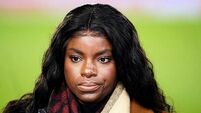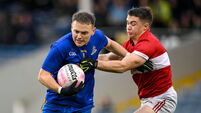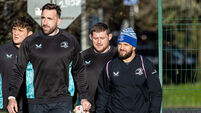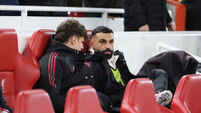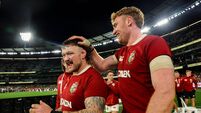How oval ball was draped in stars ‘n’ stripes
In that world, the Superbowl is played out with conversions and lineouts, and Jerry Maguire represented a winger.
But it isn’t this one. It almost was, though. The Doc Hudson Field House might sound like a location from the animated movie Cars, but it’s a cosy cottage tucked away in Strawberry Canyon — again with the cartoon names — above Berkeley in northern California, right next to the Witter Rugby Field, property of the University of California, Berkeley.




